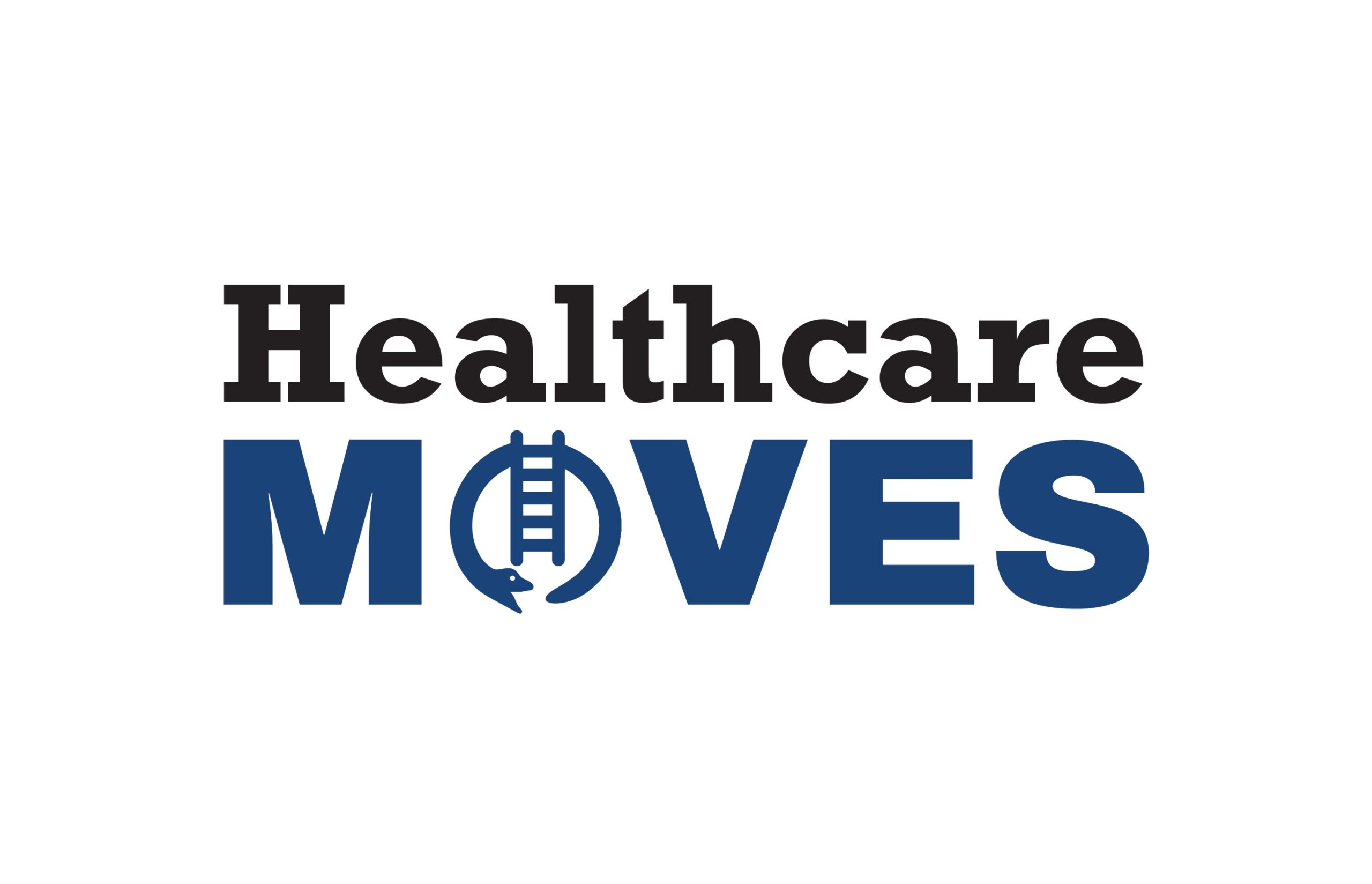Northeast Ohio will be the “proving ground” for the new concept of accountable care organizations — a healthcare model designed to reduce costs and improve care coordination for Medicare patients — according to a recent report from research group HealthLeaders-InterStudy.
With at least three local health systems expected to establish accountable care organizations (ACOs), Northeast Ohio will illustrate the potential value — or lack thereof — of the ACO concept “perhaps more than any other market in the nation,” the report states.
“If ACOs can actually improve patient outcomes, increase consumer involvement in costs, provide enough financial incentives for providers, and work in an urban environment, the answers will be found here on the shores of Lake Erie,” according to the report.

With the Rise of AI, What IP Disputes in Healthcare Are Likely to Emerge?
Munck Wilson Mandala Partner Greg Howison shared his perspective on some of the legal ramifications around AI, IP, connected devices and the data they generate, in response to emailed questions.
“If ACOs are simply reheated HMOs or integrated delivery systems from the last century, we will find out here in (pdf) Cleveland,” it continues.
But it won’t be an easy transformation. Establishing an ACO will require most hospitals to become more integrated, set up new protocols and make new investments in technology. “We shouldn’t underestimate the infrastructure requirements that are necessary to function as an ACO,” said Ben Isgur, director of PricewaterhouseCoopers’ Health Research Institute.
First, though, what does “ACO” even mean? In the most basic terms, an ACO is a network of doctors and (one or potentially more) hospitals that manage the care of a population of Medicare patients. To be considered an ACO, an organization would agree to manage all of the health needs of a minimum of 5,000 Medicare beneficiaries for at least three years, according to proposed federal guidelines. ACOs were a component of last year’s controversial health reform law.
Why would hospitals be interested in setting up ACOs? It could save them money. ACOs that save Medicare money will be eligible to share in some of that savings themselves. The hope is that the financial rewards will provide incentives for all the medical providers involved in an ACO — primary care doctors, any number of types of specialists, hospitals — to cooperate and save money by avoiding unnecessary tests and procedures.
The risk is that if an organization that implements an ACO doesn’t save Medicare money, the organization is stuck with the cost of the investments it made in setting up the ACO, which could involve technology, new hires and the like.
Some critics have argued that ACOs are a rehash of the much-reviled health maintenance organizations (HMOs) of past decades, but the big difference is that ACOs don’t require patients to see only in-network medical providers.
ACOs are expected to formally launch in January. PwC’s Isgur estimates that between 100 and 150 ACOs will be established across the nation, but stressed the figure is “just hearsay out in the marketplace.”
It’s important to note that the Centers for Medicare and Medicaid Services (CMS) in March released proposed rules governing how ACOs would work and be structured, but those rules are expected to change after CMS gathers feedback from hospitals and other health providers.
In Northeast Ohio, Cleveland Clinic and University Hospitals in Cleveland, plus Summa Health System in Akron, have explored establishing ACOs. (Recent concerns expressed by a top Cleveland Clinic official surrounding the proposed ACO rules throw a little cold water on the “Cleveland-is-the-proving-ground” theory, however. A Clinic spokeswoman said the health system wouldn’t make a decision on whether to establish an ACO until CMS issues a final rule.)
“We are very supportive of the idea,” Oliver “Pudge” Henkle, the Clinic’s government relations chief, told Congressional Quarterly. “It’s clearly the right way to go and the journey is a good one. But it’s a matter of recommending ways in which we think CMS can make the ACO model and its structure better.”
The Clinic will send CMS officials a comment letter outlining what Henkle called “constructive recommendations.” The Clinic’s concerns involve how ACOs would be governed and how they’d be compensated by Medicare for the savings they provide, CQ reported.
Michael Hillman, Summa Health’s chief medical and quality officer, said establishing ACOs will help large organizations break down their “silos” that exist in different areas– for example primary care doctors and specialists failing to communicate key information about a patient.
“The challenge is to reorganize all of these different silos so that you’re no longer doing what’s most effective for the patient just within that specific silo … but to look at the patient across the continuum of care,” he said.
To that end, Summa has set up partnerships with a number of primary care and other health groups to better coordinate patients’ care as they move through the organization.
Another key part of establishing an ACO involves drawing up “care models,” or as Hillman explains it “a plan of care that clarifies the role of each participant as it relates to the needs of the patient.”
For example, say a patient shows up at Summa experiencing heart failure. Summa’s heart failure care model might provide guidelines around calling the patient’s primary care doctor to arrange a follow-up visit after the patient leaves the hospital, delivering medication instructions to the patient and family, setting an appointment to visit the patient at home to check on her condition and providing coaching to help the patient better manage her condition.
Under ideal circumstances — thanks to the clarity provided by the care model — that process would kick into gear as soon as the patient arrives at the hospital. “It’s about starting to anticipate what the patient will need based on why they presented in the hospital,” Hillman said.
Of course, you can’t talk about ACOs without talking about investing in technology. “There’s almost no way we could see a well-functioning ACO within an organization that doesn’t have electronic health records,” Isgur said.
For Summa, the rough road map for setting up an ACO is in place, and now it’s just a question of executing on the plan.
“We have a pretty good idea of what changes need to be made and we’re in the process of implementing a lot of them, but it’s a very large task and we’re in the relatively early stages of it,” Hillman said.














